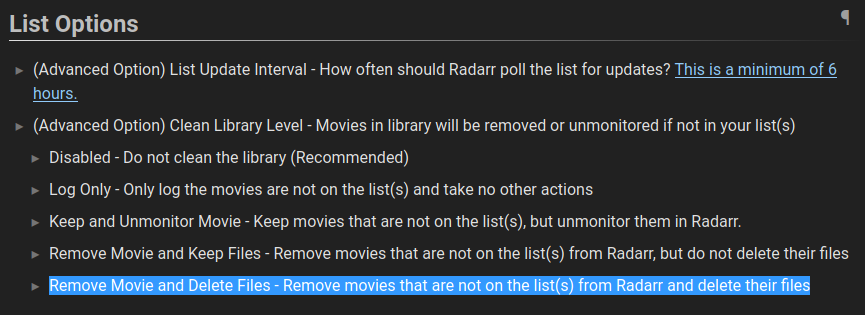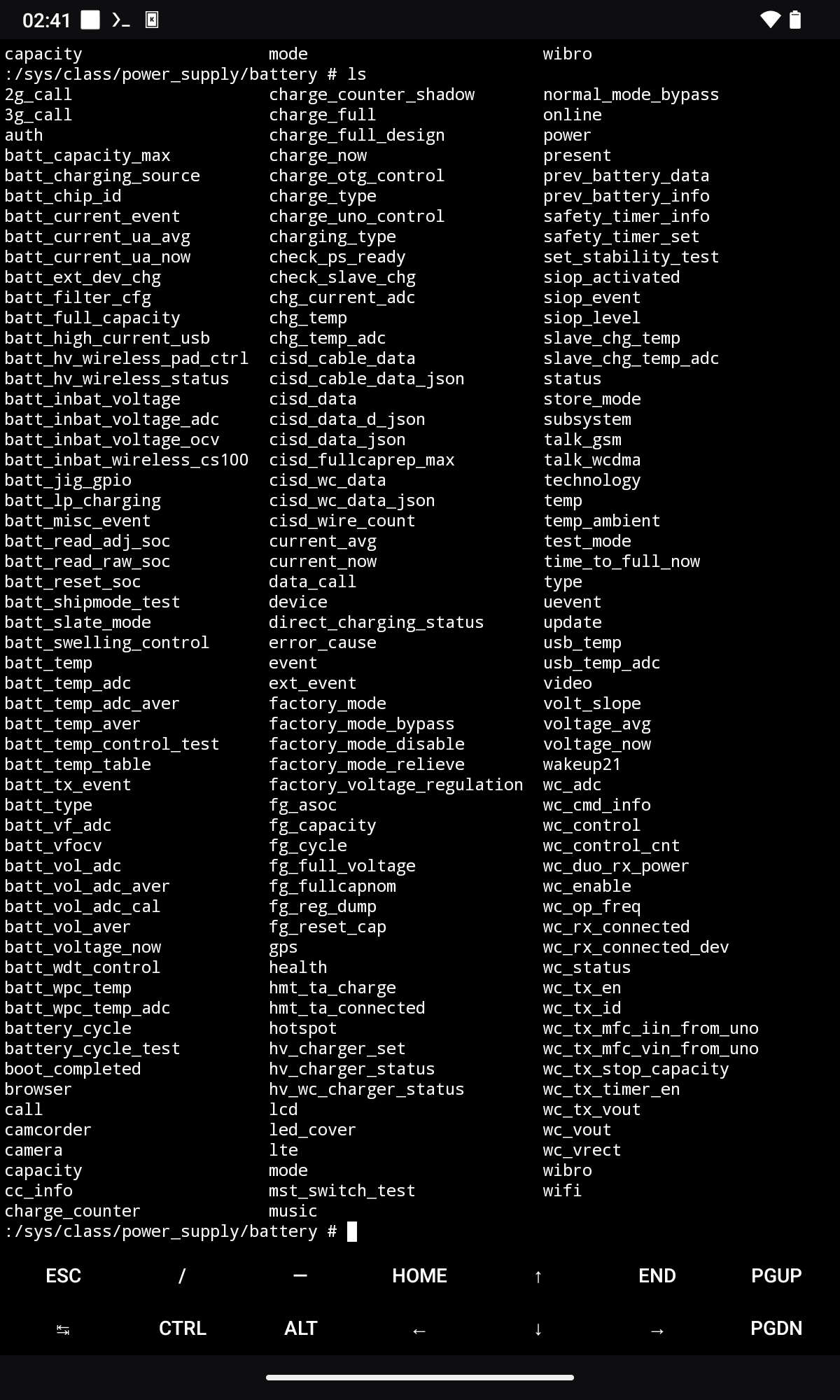if they run hardware that's not cutting edge, by all means, that's the best solution as a first distro.
ubuntu is important as a stepping stone. myself and everyone I know that's on Fedora et al started with Ubuntu. we learned what's what and how to go about doing things and after hitting the ceiling one too many times, we tried other stuff, found better havens and finally abandoned it forever.
so I'd caution against any action aimed at hurting it. leave it be and know that it's still the most user-friendly solution out there and the one that's most likely to "just work" for most people. it'll convert people over, whether from Windows or MacOS. once they've crossed over, they're more likely to wander further.
what's this "probability" based on?
wine exposes the user's home directory as drive Z: and has full read/write access to it. so, the user's proper fucked.
edit: I misspoke, Z: exposes the entire root file system, whereas only the /home/user/ has full r/w access.
someone needs to rewrite this, both the post here and the promo copy on the website, it's hella confusing and explains nada.
and ~~my axe~~ deduping. all those dlls and wine prefixes that contain them occupy space only once.
there are no good linux tablets, for any price; by "good" I mean it works as good as an Android or iOS tablet. everything is from not-as-good to way worse and there are things that are downright unusable.
whichever platform you choose (Gnome, Plasma or any of the derivatives like Phosh, Plasma Mobile, etc.) the experience beyond the first 15 minutes (hey, this actually works!) is pretty bad. it's certainly not usable as a main device that you depend on and use for actual work; as a dicking-around kinda project, sure, have at it.
before you spend that kind of money, my recommendation is to get an older Surface Pro or Dell Latitude 2-in-1 in the $150-200 range and see if that functionality is something you can live with. those can be had with up to 16 GB on-board and the SSDs are replaceable (Dells are more serviceable). kernel support is spotty, not all of the features work for all devices, mainly cameras and such; consult the linux-surface github.
edit: just saw this comment, my experiences are similar. the rest of the comments where people think what a device might work like you should disregard.
This latest UKI work for Fedora will lead to better UEFI Secure Boot support, better supporting TPM measurements and confidential computing, and a more robust boot process.
and HOPEFULLY lead to a less jerky-flashy-switchy boot xperience, looks like a Vegas light show at present. switched to systemd-boot, but it's only a tiny bit better, still switches modes/blanks screen like five times.
feels like an austin powers discarded skit... achieving world dominance by pretending to be mike from accounting who does excel like really good
it's a false dichotomy; the issue is not whether you do or don't have something to hide, the issue is you choosing what you share and with whom.
the fact that I don't blast the quality of this morning's stool accross all my social media outlets doesn't mean that I'm hiding it, it means that I choose not to share it.
that's my decision and I don't allow my hardware, software, service provider, government, or whoever-the-fuck to make it for me.
it's a lackluster experience which ever way you turn. plasma has a better touch experience and consistency but its keyboard (maliit was it?) is horrible. GNOME's keyboard is better but still crap.
everything feels like a proof-of-concept, something that was shipped in this sorta-works state and left. if you've ever used an android tablet, this is a long, long way off.
GNOME terrorized us for a decade with those comically gigantic UI elements because it's supposedly touch friendly but the moment you start touching them it feels like utter crap.
try running android x86 on it, I had some good experiences with bliss OS. old kernels there, so hardware support is hit n miss.
*affect.
thanks for the humorous takes, but what's the verdict...? and what's the next step, download posts and settings and move elsewhere?



my god... thank you GloriousEggroll for all your hard work, but please find someone else to write the documentation. it's hella confusing and explains nada, despite your best efforts.